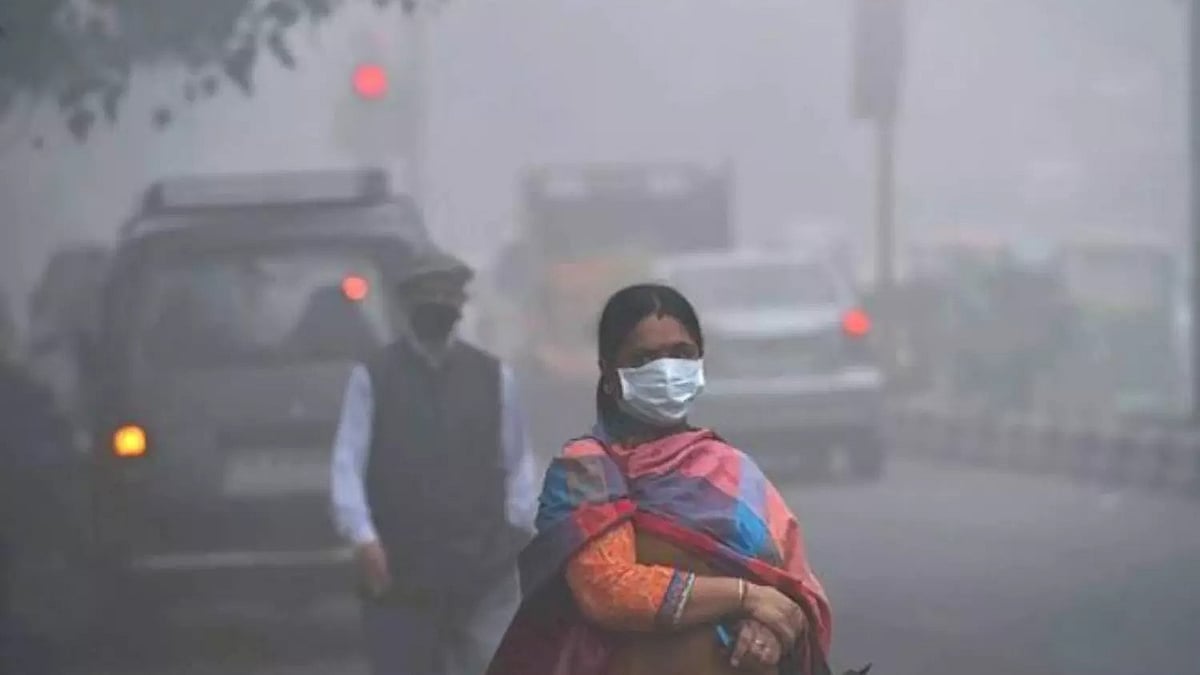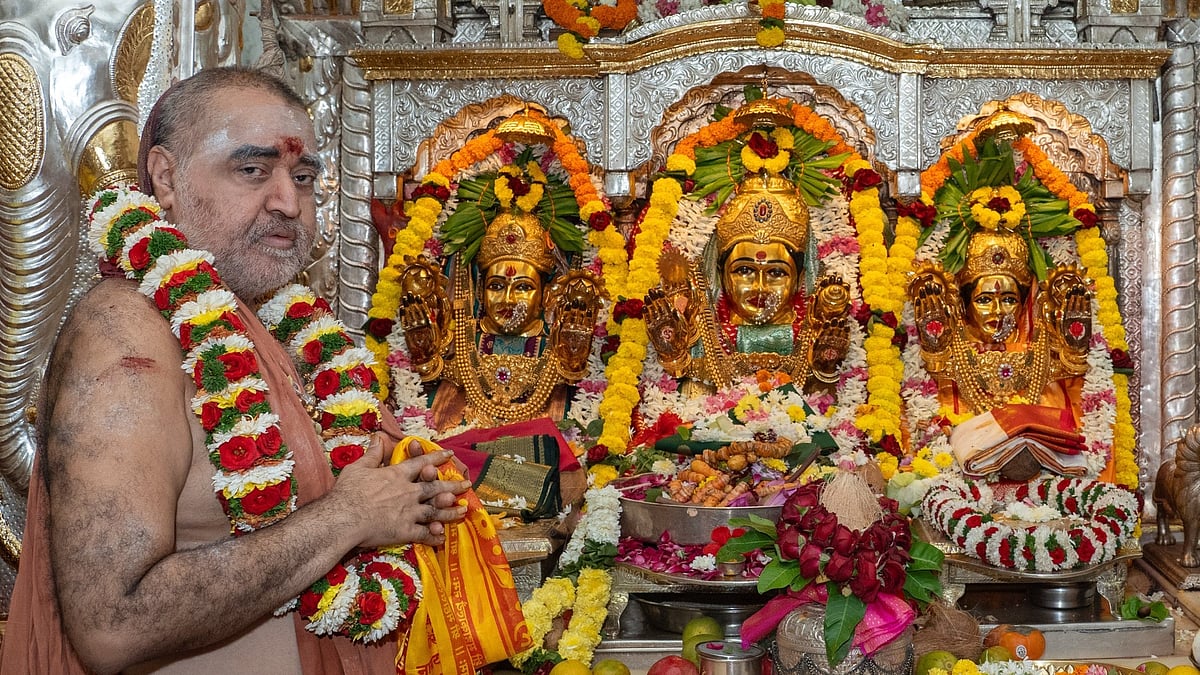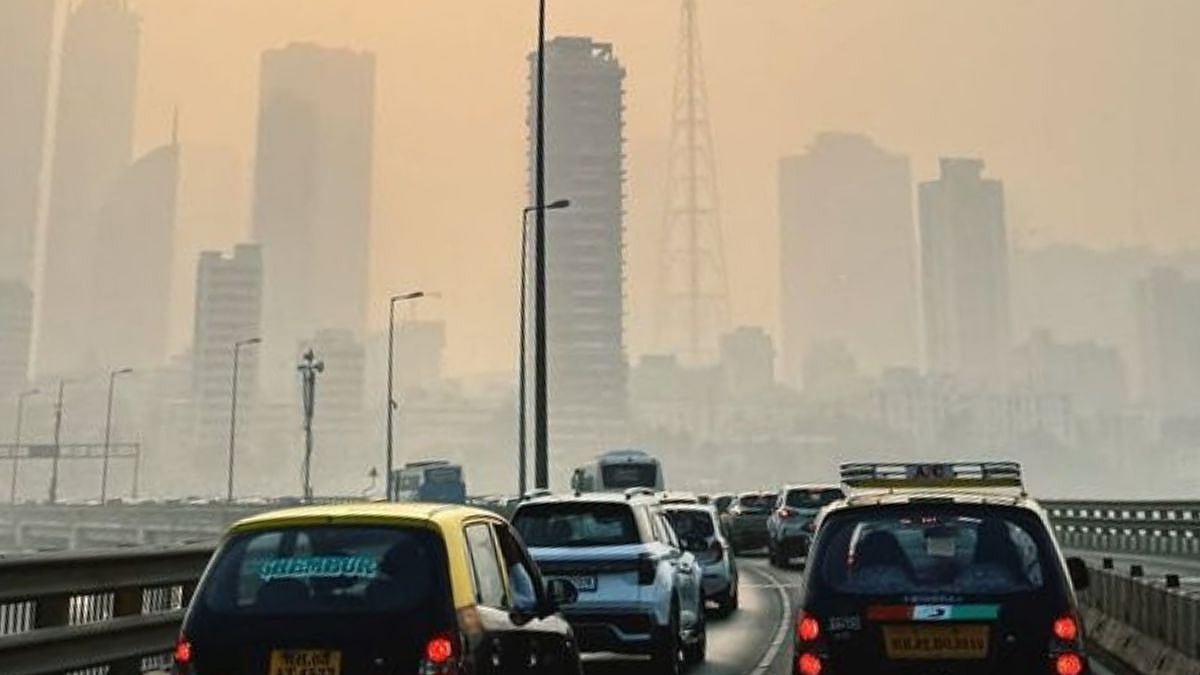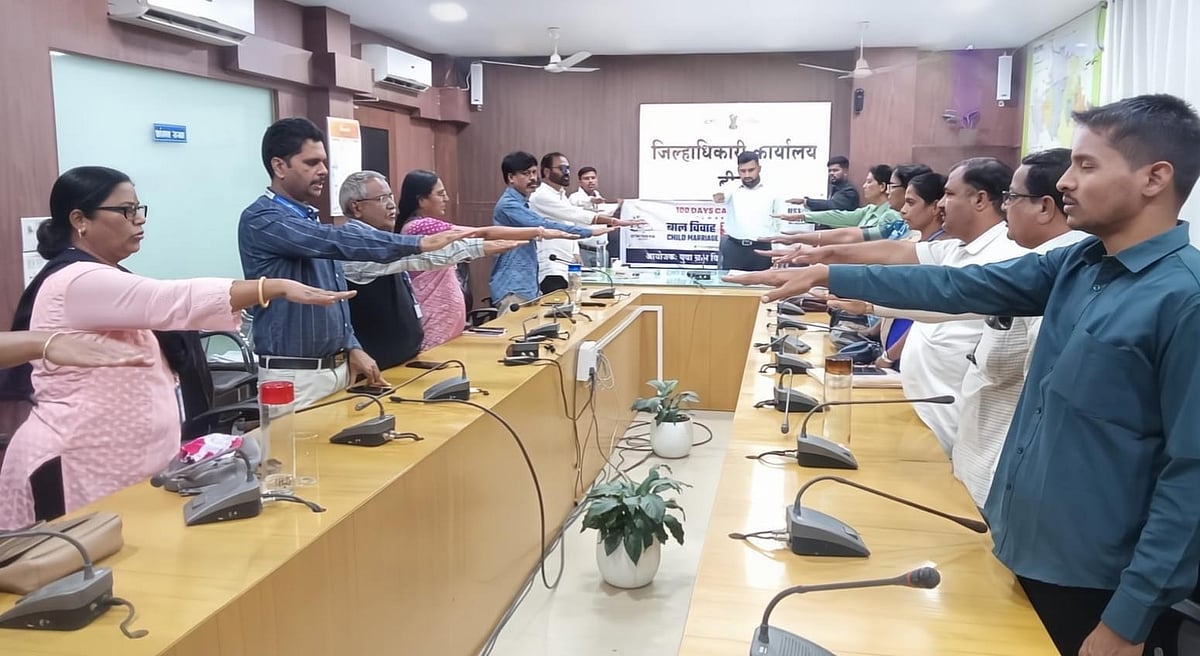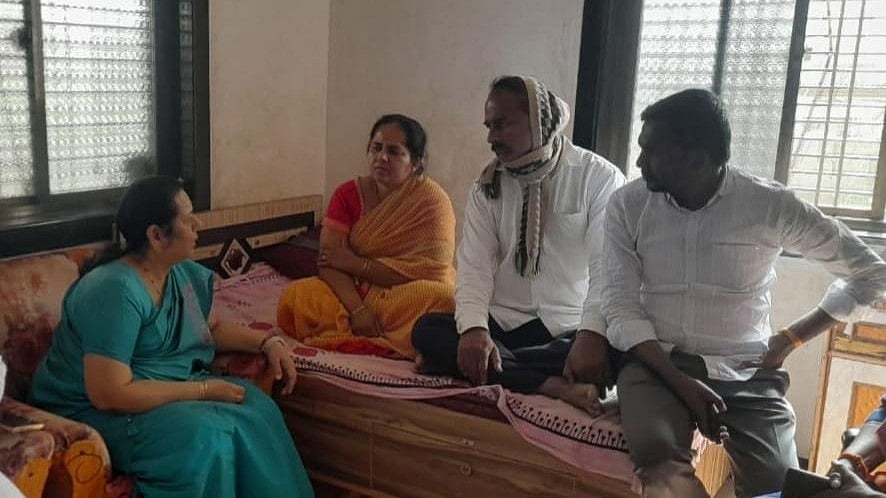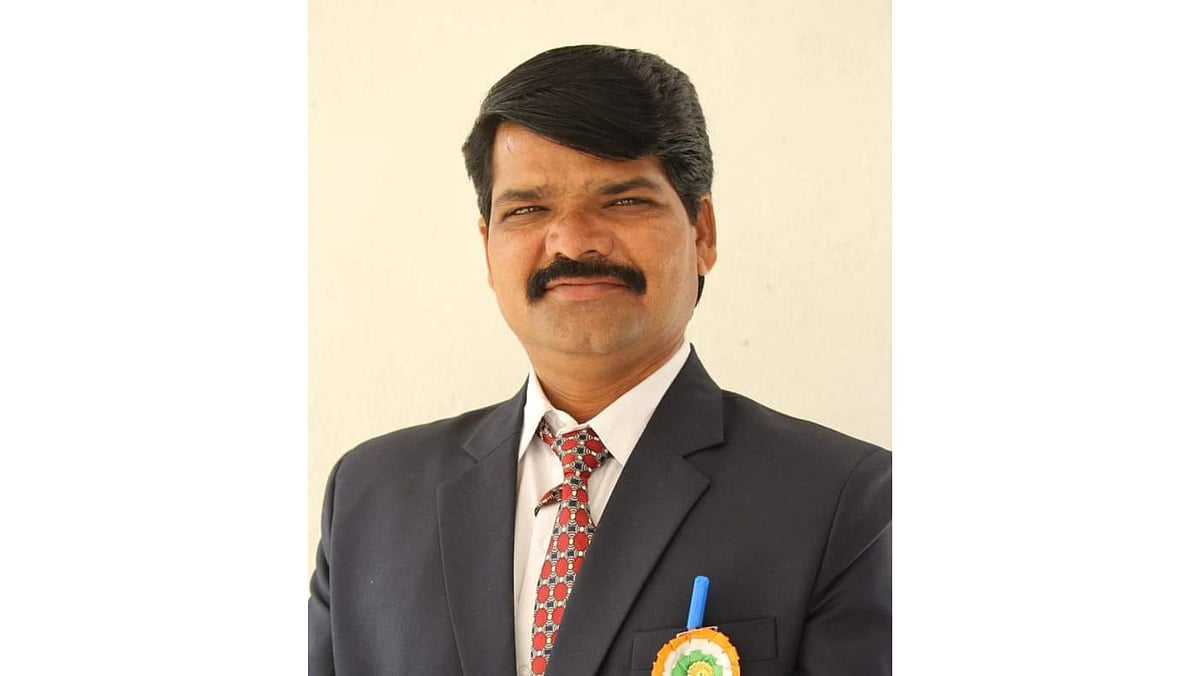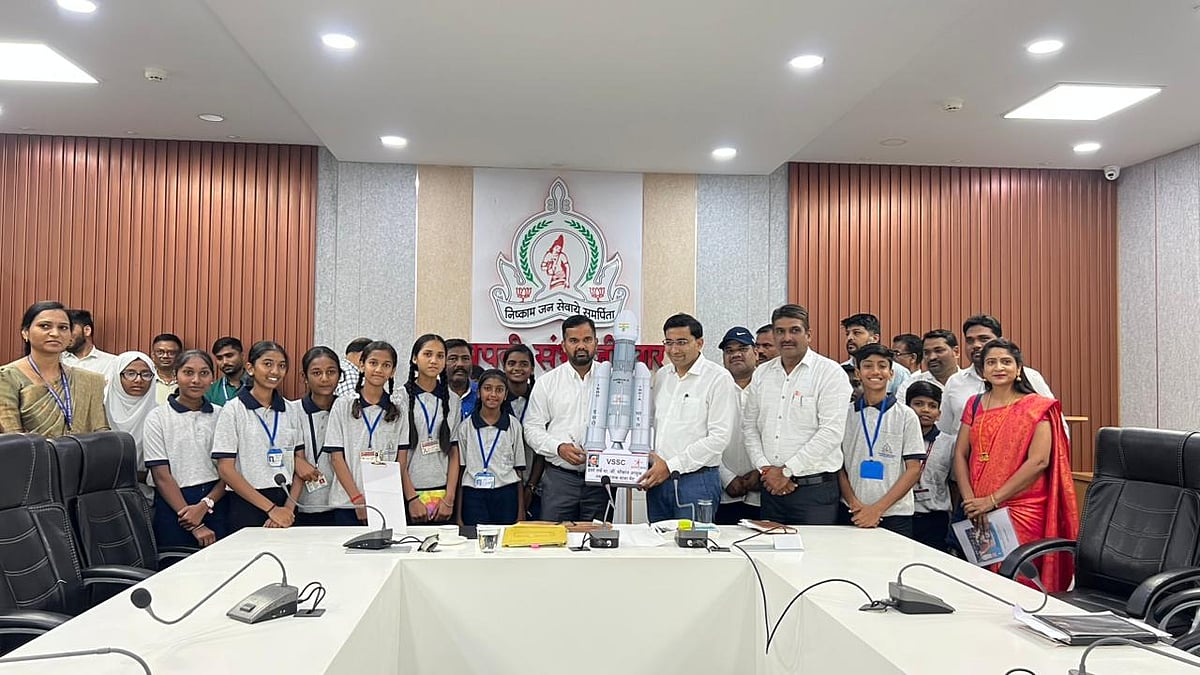Once considered among the better-performing metros in terms of air quality, Pune is now witnessing increasingly worrying pollution levels, with studies and experts warning that the city’s rapid urban expansion, vehicle growth, and changing land use patterns are pushing air quality into the unhealthy category for most of the year.
According to long-term data compiled by the Maharashtra Pollution Control Board (MPCB) and various national monitoring programmes, Pune’s Air Quality Index (AQI) now routinely ranges between 101 and 200, categorising it as moderately polluted to unhealthy, especially during winter months.
Population Boom, Urban Sprawl Driving Pressure
Pune’s population has grown at an average decadal rate of 36.54% over the last six decades, driven by large-scale industrialisation in PMC and PCMC areas after 1960 and the explosive growth of the IT sector in the last decade. The city’s population density has jumped from 3,907 persons per sq. km in 1951 to 12,777 persons per sq. km in 2011, with projections indicating Pune will reach 8.59 million residents by 2041.
Urban planners warn that this unprecedented growth has outpaced the Pune Municipal Corporation’s ability to ensure planned development, leading to unauthorised construction, mixed land use, and rising congestion, all of which contribute to poor air quality.
According to the MPCB and TERI’s study, Air Quality Status of Maharashtra (2007–2020), reveals consistent exceedance of national pollutant standards across Pune.
• Bhosari recorded RSPM levels exceeding annual limits every year, peaking at 144 µg/m³. Winter AQI often falls into the Unhealthy to Very Unhealthy category.
• Karve Road reported RSPM levels between 77–138 µg/m³ and NO₂ up to 77 µg/m³, with 80–90% exceedance.
• Nal Stop exceeded PM standards every year, with values touching 152 µg/m³.
• Swargate saw RSPM in the 75–152 µg/m³ range, with winter AQI often reaching “Unhealthy”.
Even Pimpri-Chinchwad is seeing a steady rise, with PM levels reaching up to 127 µg/m³.
The CPCB has already placed Pune among 17 non-compliant cities in Maharashtra that must implement targeted action plans to curb particulate pollution.
The study reveals vehicles emerge as a major culprit
Urban mobility experts warn that Pune’s vehicle explosion is directly linked to its deteriorating air quality.
• Pune adds nearly 2 lakh new vehicles every year.
• Two-wheelers form 73% of the city’s motorised fleet.
• Vehicular traffic grows at nearly 10% annually.
• The city’s 1,922 km road network—already inadequate—is under severe pressure, resulting in congestion, slower travel speeds, and higher emissions.
The Automotive Research Association of India (ARAI) study for CPCB found that SPM exceeded residential standards almost 80% of the time in winter at roadside locations, with some kerbside values surpassing 250 µg/m³.
Environmental analysts and researchers argue that Pune’s low AQI and worsening pollution trends are a direct consequence of:
• inflated vehicle ownership
• inadequate public transport
• rapid construction without adherence to environmental norms
• insufficient enforcement of emission standards
• continuous sprawl into fringe areas
Experts emphasise the need for strong public transport systems, stricter vehicular emission checks, real-time monitoring, and urban planning reforms to prevent Pune from slipping into the severely polluted category.
Responding to the issue, economist Ameet Singh explained, "Basically, as a citizen, it’s my right to know how much pollution in the air we are all breathing. Based on this data, in 1/1 sq km grids, effective mitigation strategies can be devised and implemented. We need a grid with 519 sensors, which gives gridded emissions data to deliver source apportionments of pollution, but the PMC don’t even meet the low expectations set by the CPCB and NAAQMS. Vehicles and Vehicular pollution are one of the key reasons why we have air pollution.”
“33 roads of Pune carry 85% of the traffic; sadly, there are zero shuttle bus services or metro services on these 33 arterial routes. Those roads are not walkable, have footpaths or are completely contiguous either. There are over 460 missing links and zero cycle ke routes. Despite the fact that 70% of Pune travel less than 20 kilometres a day,” he said.
As per USDA data, Pune has over 51 lakh trees, and the city generates more than 2.61 crore tons of CO2 emissions. That’s. PIC estimates, a tree absorbs, on average, 48 pounds of CO2 p.a. or 21.77 kilos.
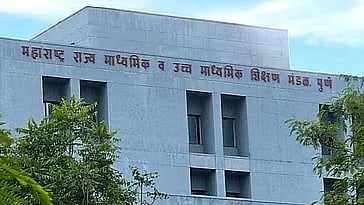
“Pune’s tree cover absorbs 122486.44 tons, only, ie, 0.47 % of Pune’s emissions. A study by Pune International Centre (PIC) reflects that we need a minimum of 100 trees per person or 100 crore trees to keep Pune liveable, while we have only one tree per two people,” added Singh.
With population and vehicle numbers expected to rise sharply over the next two decades, researchers warn that without immediate corrective action, Pune may see AQI levels comparable to India’s most polluted metros.
